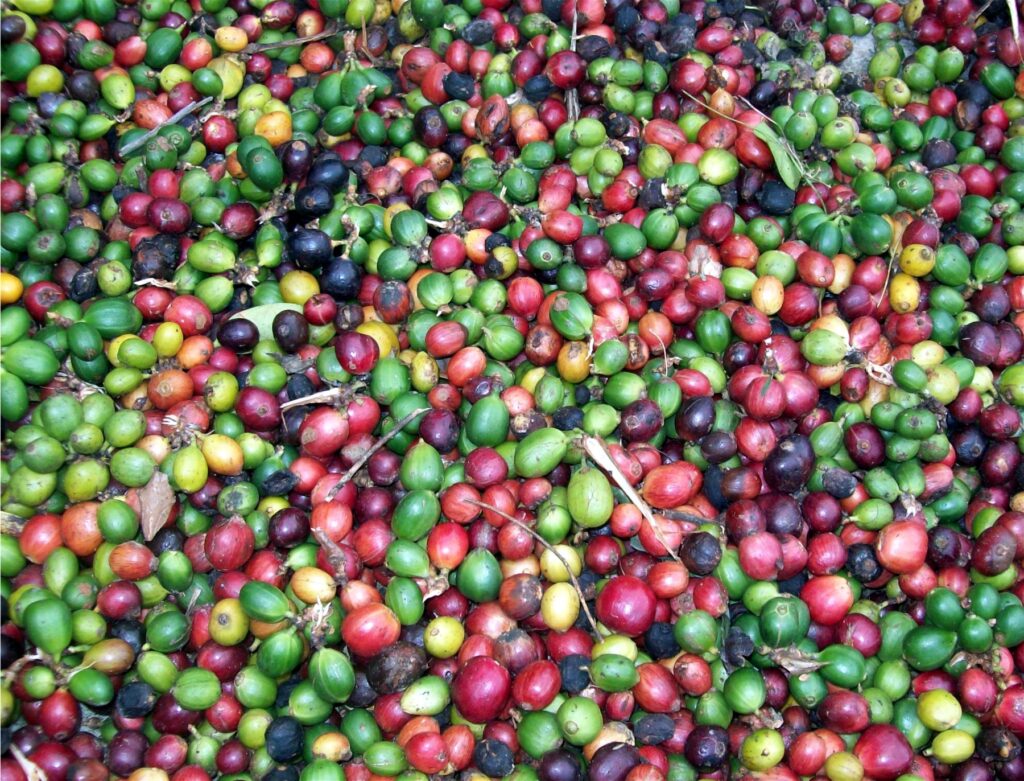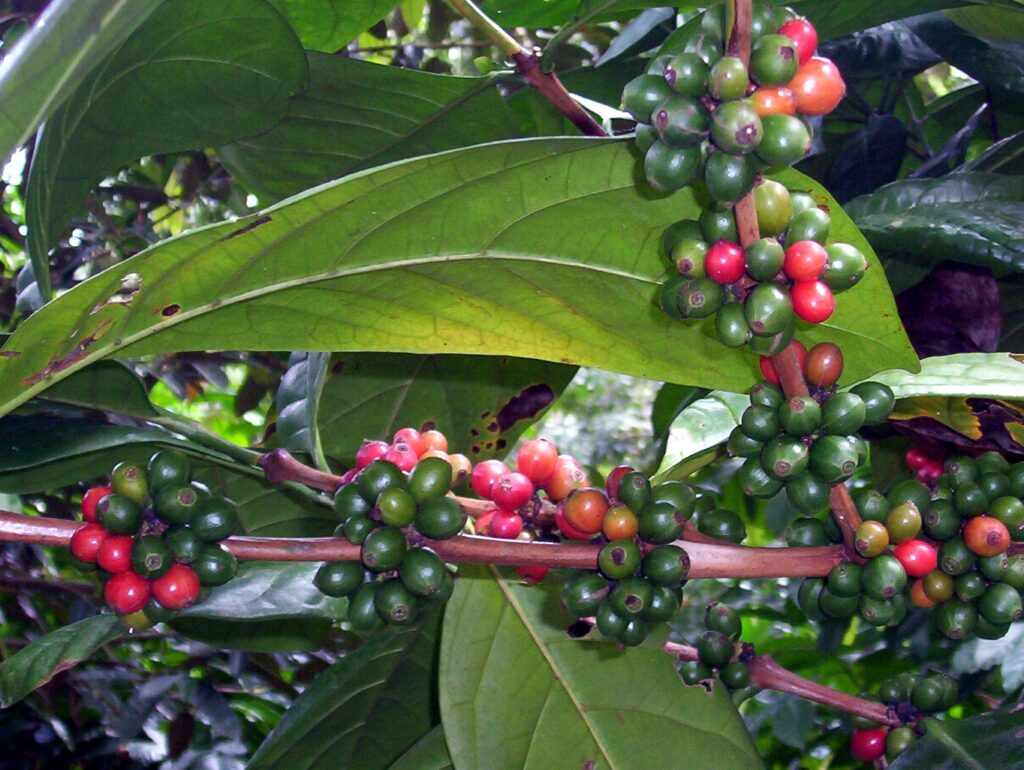WHAT’S SO HOT ABOUT COFFEE?
Text and Photos by Henrylito D. Tacio
WHAT is that drink produced from the roasted beans of the coffee plant? Elementary, my dear, it’s coffee. And according to some reports, eight out of 10 adults in the Philippines drink an average of 2.5 cups of coffee every day.
People around the globe consume coffee – in all forms – 100 million bags (one bag weighs about 60 kilos). Total value of this consumption is US$10 billion, thus making coffee the second largest traded commodity in the world after oil.
Some countries largely depend on coffee as their primary source of national income. Brazil produces more coffee than any other country. Other coffee-producing nations are Colombia, Ivory Coast, Indonesia and Vietnam. Leading consumers of coffee are the United States, Germany, Italy, France, Australia and Japan.
The coffee tree (or bush) belongs to the genus Coffea. It probably originated in Abyssinia, the former name of Ethiopia. The word “coffee” may have been derived from the Ethiopian keffa or the Turkish equivalent word qahveh. The Arabs call the beverage qahwa, which means “strength.”
The coffee’s use as a drink spread through Arabia in the 13th century and it became popular in Europe during the 16th and 17th centuries. In the Philippines, coffee was brought by the Spanish friars in 1740. Since then, the Filipinos have become coffee drinkers.
“Today, it can safely be assumed that someone, somewhere, is savoring a cup, a mug, or any of coffee’s delicious concoctions, hot or cold, almost every hour of the day from sunrise to sundown,” wrote Antonio R. Reyes in an article which appeared in Philippine Panorama.
There are a number of coffee varieties, but the four most common are Arabica, Liberica, Excelsa and Robusta. Here are some information taken from The Philippines Recommends for Coffee:
The most important variety is Arabica, which accounts for 72 percent of world production. Arabica is an upland species and requires an average annual temperature of 18 to 25 degrees Celsius with 1,500 to 2,500 millimeters of rainfall.
The berries of this shrub are oblong-ellipsoid; they are green in color, and later turn red or yellow when ripe. The size of the seeds range from 8.5 to 12.7 centimeters long.
Arabica is an early bearer. Two years after transplanting, it produces berries. Generally, a full-grown and well-managed one-hectare farm can yield 1,000 kilos of green beans. This variety, however, is susceptible to coffee rust.
The second most important commercially is Robusta, accounting for 27 percent of world production. The tree is more widely adaptable than Arabica, but it does best in warm equatorial climates. Large areas of Southeast Asia are suitable for its production.
The Robusta plant, noticeable for its umbrella-shaped growth, produces berries four years after transplanting. A well-tended one-hectare field can yield about 1,200 kilos per year of green coffee beans. The berries are smaller than Arabica, closely clustered and blood red when ripe with thin pulp and parchment.
Liberica, commonly called “kapeng barako,” produces the biggest berry. It is noted for its very strong taste and color. Trees are upright with straight trunks. Berries are round, borne singly or in small cluster with thick and firm pulp. This variety is drought-resistant and bears berries 4-5 years after transplanting. A one-hectare farm planted to Liberica can yield about 1,000 kilos per year.
Excelsa is similar to Liberica except for its smoother, thinner and more rounded leaves with smooth edge. The berries are ovoid and a little compressed having a flat form. They are borne in heavy clusters and usually bigger than Arabica but smaller than Liberica. Its bearing age is 4-5 years after transplanting and has an approximate annual yield of 1,000 kilos per hectare.
“We are one of the few countries in the world that grows four varieties of coffee on a commercial scale although our total production is only about one percent of the total global coffee production,” Reyes wrote.
Interestingly, the country was the fourth largest exporter of coffee in the world in 1880. Ten years later, the Philippines became a net importer of coffee when almost all coffee farms were wiped out by a coffee virus.
“Until the early 1950s, all efforts to revive the industry failed,” Reyes lamented. “It was only in 1995 when a national coffee development program was successfully launched through a special 5-year joint project between the Philippines and the United States governments.”
Earlier, in 1975, the Philippines had the opportunity again to export coffee. This was due to the devastating frost which hit Brazil and the political and civil unrest that swept through Angola. Both countries were key suppliers of coffee around the world.
“Over the past seven years, Philippine-processed coffee consisting of soluble and roasted and ground coffee has finally found a niche in the world market,” Reyes reported.
As such, the Department of Agriculture has included coffee in its high value crops medium term development plan. “(Coffee) is an important agricultural resource and export product of the country,” the agriculture department says.
“We are continuously exploring niche markets for our mountain grown Arabica, our strong barako coffee, and eventually, organically-grown coffee as well as special gourmet coffee,” Reyes pointed out. – ###




